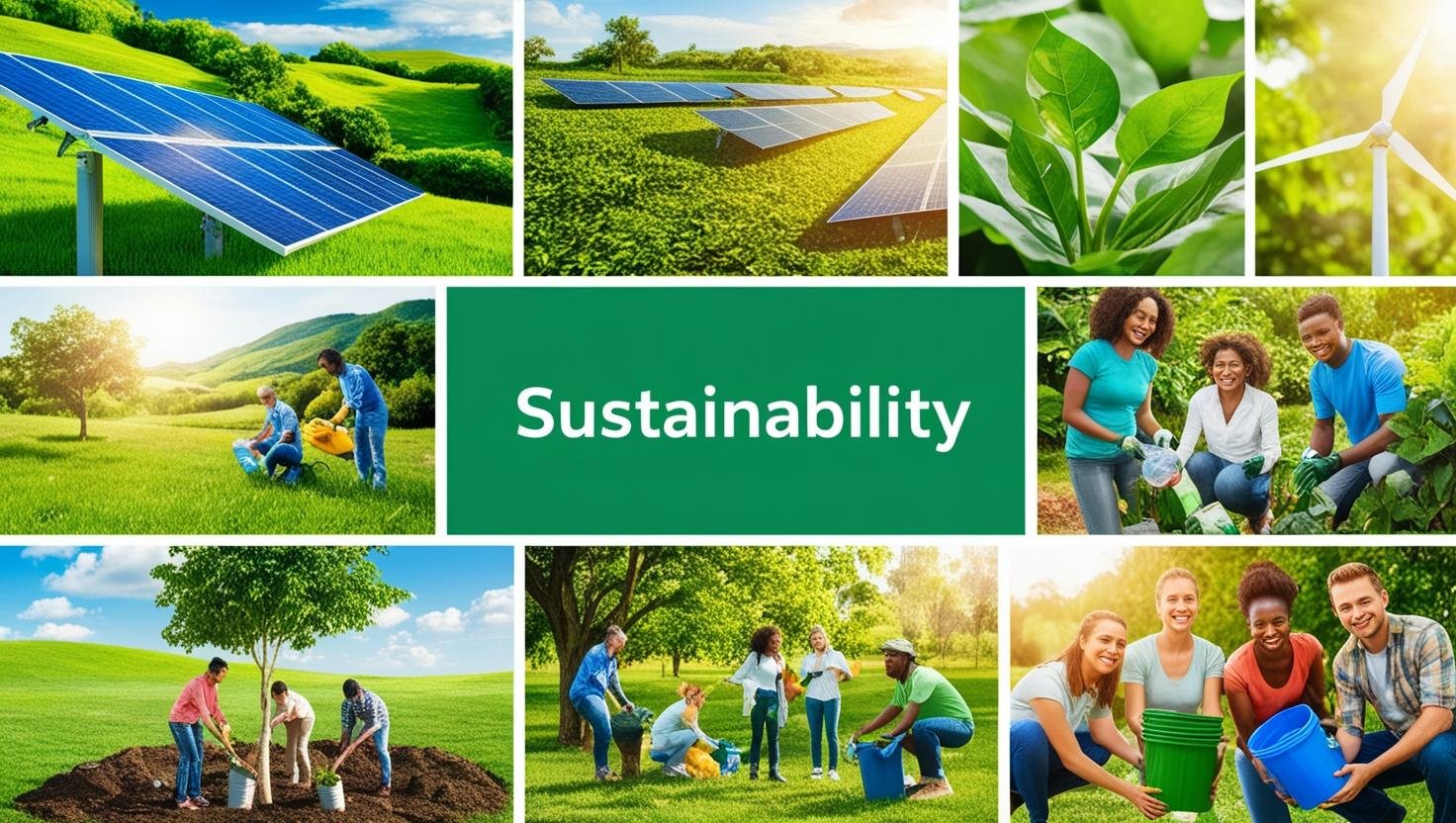Climate change is no longer a distant threat—it is a present reality. In 2025, the world is grappling with the consequences of decades of inaction, while also witnessing the rapid rise of bold solutions and coordinated efforts across sectors. Wildfires, floods, and record-breaking heatwaves are affecting millions, but so are innovations in carbon capture, renewable energy, and sustainable agriculture.
This article provides a comprehensive update on the state of climate change in 2025 and what must happen next to mitigate its worst effects.
1. The Science: A Clearer Picture Than Ever Before
The Intergovernmental Panel on Climate Change (IPCC) has made it clear: without deep emissions cuts, the planet is on track to exceed 1.5°C of warming above pre-industrial levels by the early 2030s. This may sound like a small number, but the consequences are vast.
📊 Current global temperature increase: ~1.2°C
🌪️ Observable impacts:
- Stronger hurricanes and cyclones
- Melting glaciers and rising sea levels
- More frequent and intense wildfires
- Water scarcity in many regions
Climate models in 2025 are more accurate than ever, enabling scientists to predict regional risks and weather shifts with higher precision.
2. Emissions: Still Rising, But at a Slower Pace
Global CO₂ emissions peaked during the late 2010s, dipped in 2020 due to the pandemic, but have been climbing again. However, 2023–2025 saw a noticeable slowdown in the growth of emissions due to:
- Widespread adoption of renewable energy
- The electrification of transport
- Green policies in major economies like the EU, US, and China
🛑 Challenge: Despite these gains, we’re still not reducing emissions fast enough to meet Paris Agreement goals.
3. Adaptation: Building Resilience Around the Globe
While mitigation focuses on reducing emissions, adaptation is about adjusting to unavoidable changes already in motion. In 2025, cities, countries, and businesses are investing heavily in adaptation.
🌾 Key adaptation strategies:
- Climate-resilient crops for drought-prone regions
- Sea walls and flood management systems
- Early warning systems for extreme weather events
- Insurance products for climate risks
🌍 Global South Focus: Many vulnerable nations need financial and technological support to adapt. Wealthier nations are being pressed to meet climate finance pledges made in COP agreements.
4. Innovation: Technologies Making a Difference
Climate tech is one of the fastest-growing investment sectors in 2025, with breakthroughs in:
⚡ Energy:
- Next-gen solar panels and energy storage
- Offshore wind expansion and floating solar farms
🌬️ Carbon Removal:
- Direct air capture (DAC) facilities removing CO₂ from the atmosphere
- Enhanced weathering and ocean-based carbon solutions
🏗️ Sustainable Materials:
- Low-carbon concrete
- Bioplastics and compostable packaging
- Building insulation using recycled and bio-based materials
🚘 Transport:
- Electric vehicle (EV) infrastructure reaching mass adoption levels
- Hydrogen fuel cells powering buses and trucks
5. Policy & Global Action
In the wake of COP28 and COP29, nations are being urged to shift from promises to action.
📜 Key developments:
- A growing number of countries have passed legally binding net-zero laws.
- Carbon border taxes are being implemented to penalize high-emission imports.
- Climate litigation is on the rise, with courts holding companies and governments accountable for environmental harm.
However, geopolitical tensions, energy crises, and economic priorities still challenge global climate unity.
6. The Role of Business and Finance
Companies are no longer waiting for governments to lead. Many are:
💼 Setting internal carbon prices
💼 Aligning operations with ESG (Environmental, Social, Governance) frameworks
💼 Measuring scope 1, 2, and 3 emissions
💼 Engaging in carbon offset programs—though offset integrity is under scrutiny
Banks and investors are also under pressure. In 2025:
- Green bonds are hitting record issuance levels.
- Asset managers are being judged by climate impact, not just financial return.
- “Climate risk” is now a standard factor in investment decisions.
7. The Human Element: Behavior and Climate Justice
Climate change disproportionately affects those least responsible for it. In 2025, climate justice is a major topic:
🌍 Youth movements, Indigenous voices, and frontline communities are demanding inclusion in climate talks.
🥗 Sustainable lifestyles are gaining popularity—more people are reducing meat consumption, supporting local agriculture, and cutting energy use.
🏘️ Urban populations are joining climate-focused citizen assemblies and green activism.
Conclusion: The Decisive Decade Continues
2025 is a make-or-break year in the climate story. We are closer than ever to irreversible tipping points, but also equipped with more tools, awareness, and political momentum than any previous generation.
The window for effective action is still open—but rapidly narrowing.
Every action counts. Whether it’s a government policy, a corporate decision, or a daily habit, the fight against climate change is happening now—and it demands participation from all of us.




